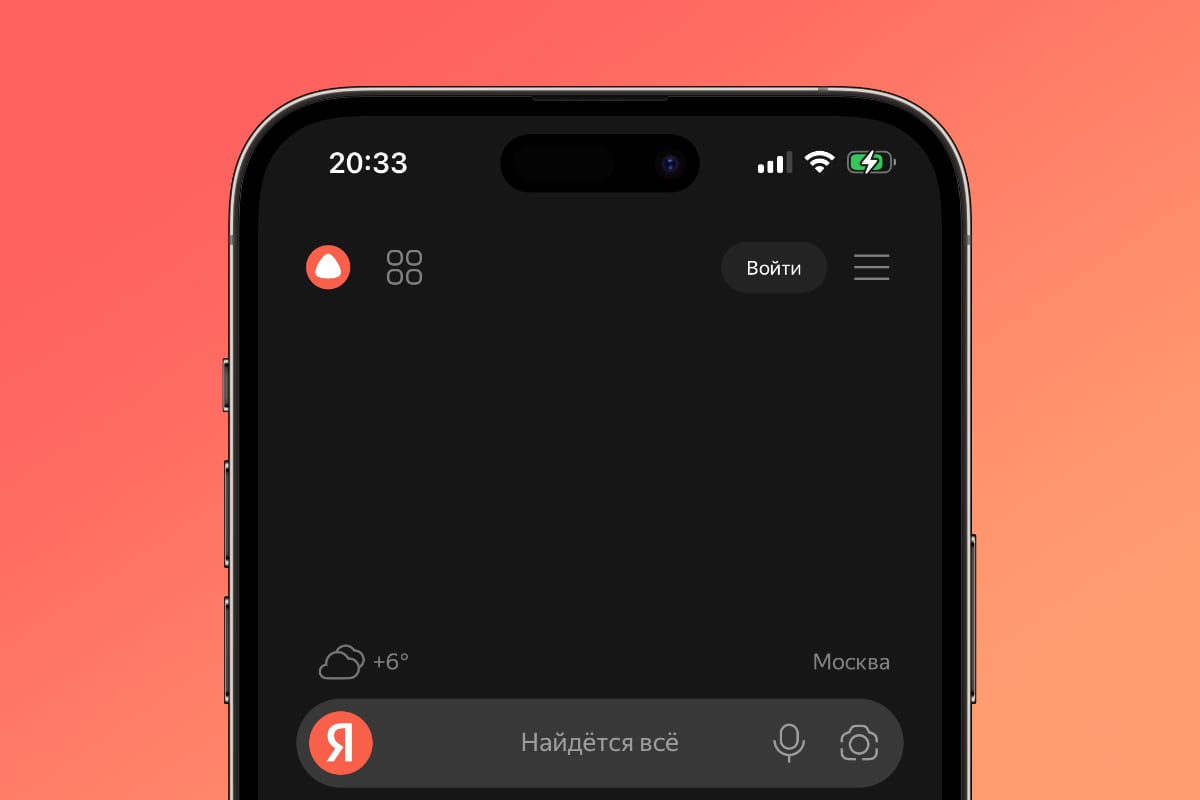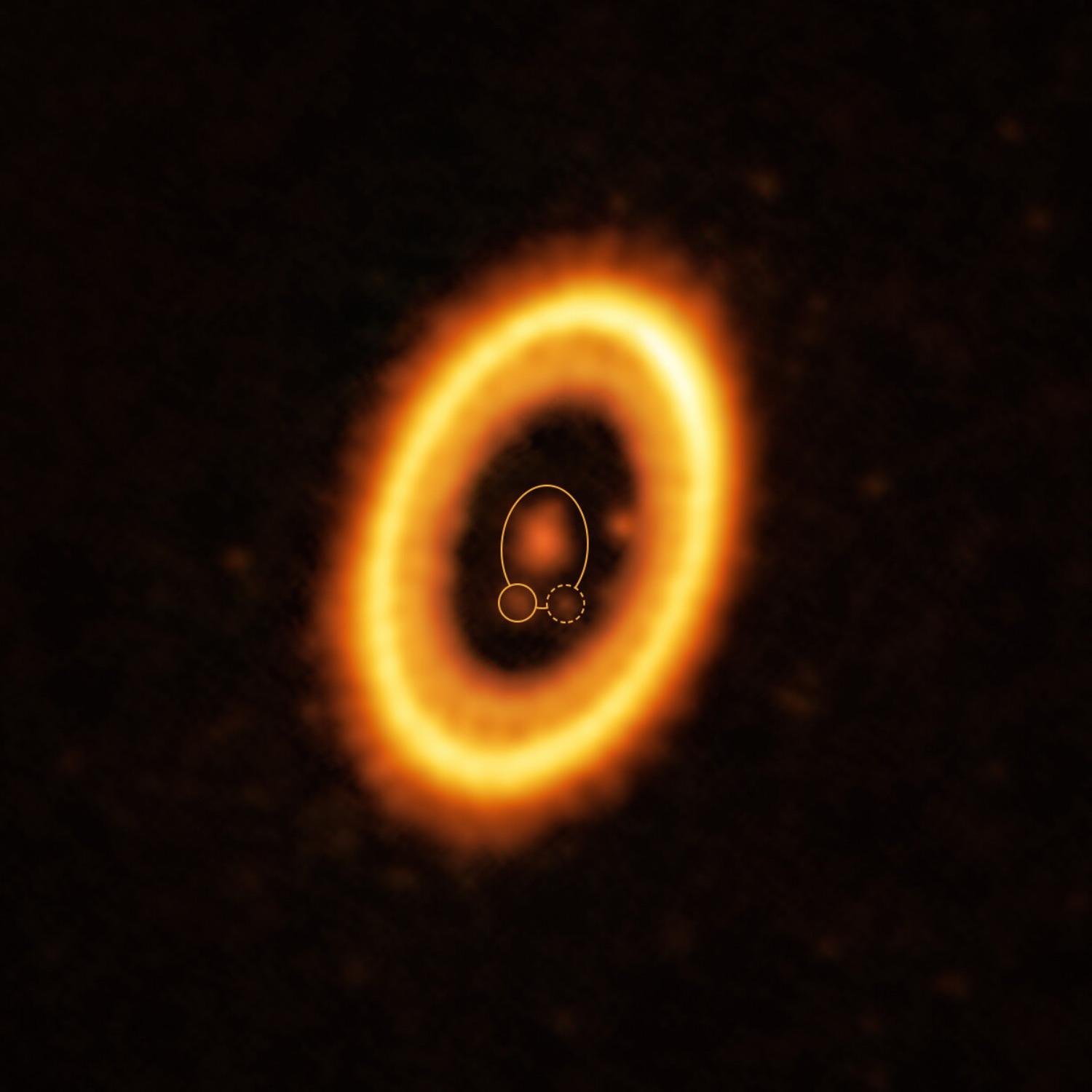Every week, TecMundo and #AstroMiniBR bring together relevant and entertaining astronomical curiosities produced by the world’s collaborators. twitter profile disseminate knowledge of astronomy. Check it out below!
#1: How to color astronomical images?
When we encounter observations of celestial bodies in the Cosmos, we often see eye-catching images filled with structures filled with color and light. Surprisingly, many of these amazing images begin their journey as black and white observations.
This is because many astronomical observing instruments capture light at different wavelengths. not in color as our eyes perceive, but in shades of gray.
But these boring images are just the starting point. Through digital post-processing, scientists and artists combine data from different filters and wavelengths to create stunning color images, highlighting hidden nuances and providing deeper understanding of cosmic phenomena.
Meticulous coloring not only transforms raw data into reflections of celestial works of art, but also provides a unique study of the universe by revealing crucial information about the chemical composition, temperatures and energies involved in the physical processes that make them up.
As you explore space beyond the visible spectrum and adapt the information captured by instruments, We open the window to a richer and more complete understanding of the formation and evolution of planets, stars and galaxies.which leads us to unprecedented discoveries and broadening our scientific horizons.
#2: Two extrasolar Trojan planets!
In July of this year, astronomers discovered the first evidence of two exoplanets orbiting a star. These two “planet brothers” are called the Trojan planets, worlds that share the same orbit around the same star.
The existence of such celestial couples has been theorized for at least two decades, but this is the first evidence to support this hypothesis. The discovery of a possible co-orbiting planet of Troy, as it is technically called, was thanks to the detection of a dust cloud sharing the orbit of the distant giant exoplanet PDS 70b, located about 400 light-years from Earth.
This clump of matter has about twice the mass of our Moon and may eventually turn into a planet, rresults in two worlds sharing the same orbit around a star.
However, an alternative hypothesis suggests that the cloud may be the debris of what was once a planet; which suggests that they were a binary pair orbiting the young star PDS 70, not now but in the past.
In either scenario, the discovery is exciting for the scientific community. because it provides fundamental evidence for theoretical models of how planetary systems form and evolve..
#3: A space wallpaper!
What’s this? Is this a bird? an airplane? In 2010, astronauts aboard the International Space Station (ISS) saw for the first time a strange object approaching from afar, a barely distinguishable spot in background light.
Soon the image enlarged until it became a dark silhouette. As we got closer, the silhouette appeared like a spaceship: the object turned out to be a spaceship. Space Shuttle Endeavor, the fifth and final space shuttle built by NASA and designed to replace its predecessor Challenger.
Endeavor soon docked with the Earth-orbiting ISS. In the stunning image above, Endeavor was taken as it approached Earth’s horizon, where many layers of Earth’s atmosphere are visible. Just behind the spacecraft is the mesosphere, which appears blue.
The atmospheric layer that appears white is the stratosphere, and the orange layer is the Earth’s troposphere. Together, these thin layers of air support us in many ways, including providing oxygen for breathing and providing a barrier against harmful radiation from outer space.
Source: Tec Mundo
I’m Blaine Morgan, an experienced journalist and writer with over 8 years of experience in the tech industry. My expertise lies in writing about technology news and trends, covering everything from cutting-edge gadgets to emerging software developments. I’ve written for several leading publications including Gadget Onus where I am an author.












